
Asus Vivobook 15 OLED vs IPS screen review YouTube
The Difference Between IPS and OLED Is OLED the king of monitor panels or does it still make sense to buy an IPS monitor? Let's see how these monitors compare for gaming, content consumption and productivity. Technical Principle One of the main differences between OLED and IPS is how they produce and emit light.

IPS vs OLED Which Panel Type Should I Choose? [Simple]
OLED, AMOLED, and IPS LCD are the three most common display technologies used in smartphones, tablets, and other electronic devices. Each display technology has different properties and comes with its own set of pros and cons. Let's compare the three and see which display is right for you. What Is OLED?

IPS vs OLED Phone Display Technologies Comparision xiaomiui
Display Comparison: OLED vs. IPS on Notebooks Welcome to the dark side. OLED displays: undeniably one of the greatest revolutions in the realm of display technology since the first LCD monitor..
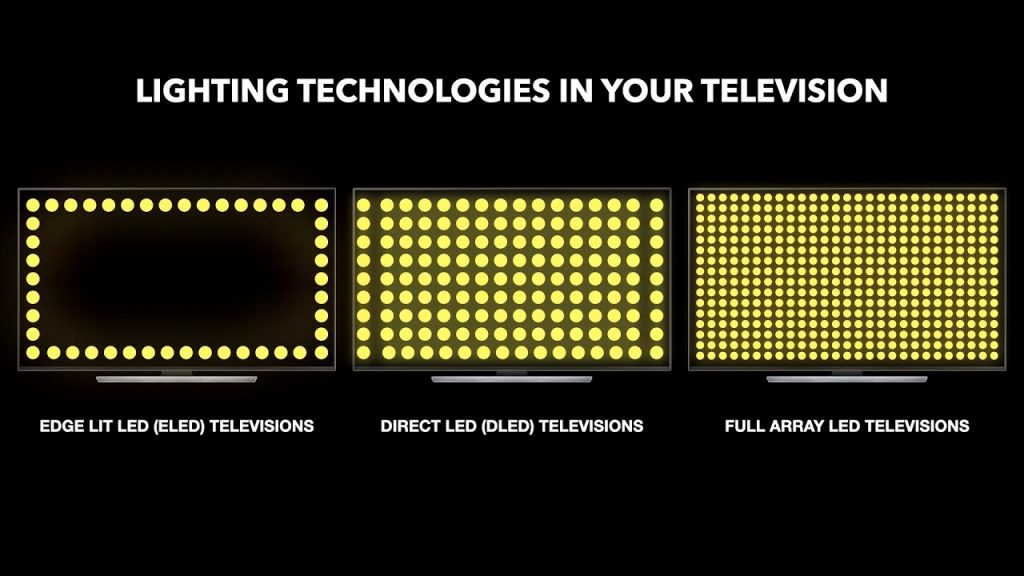
OLED vs. IPS LCD Displays Which TV Should You Buy?
Between the OLED and the IPS, the OLED has a faster response time. It takes less than 1 millisecond for a pixel to change colors. Nonetheless, the IPS is not so bad, with a response time of approximately 15 milliseconds or 4 milliseconds if you use the overdrive. 4. Viewing Angles.

OLED Vs IPS, Which Is Better
The response time of an OLED display is much lower than any IPS display. There is no way, even for the fastest IPS panel, to compete with the response time of an OLED display. The ghosting is negligible in OLED when compared to IPS Panels. While the best IPS panel offers a 1ms response time, an OLED panel offers a response time of as low as 0.
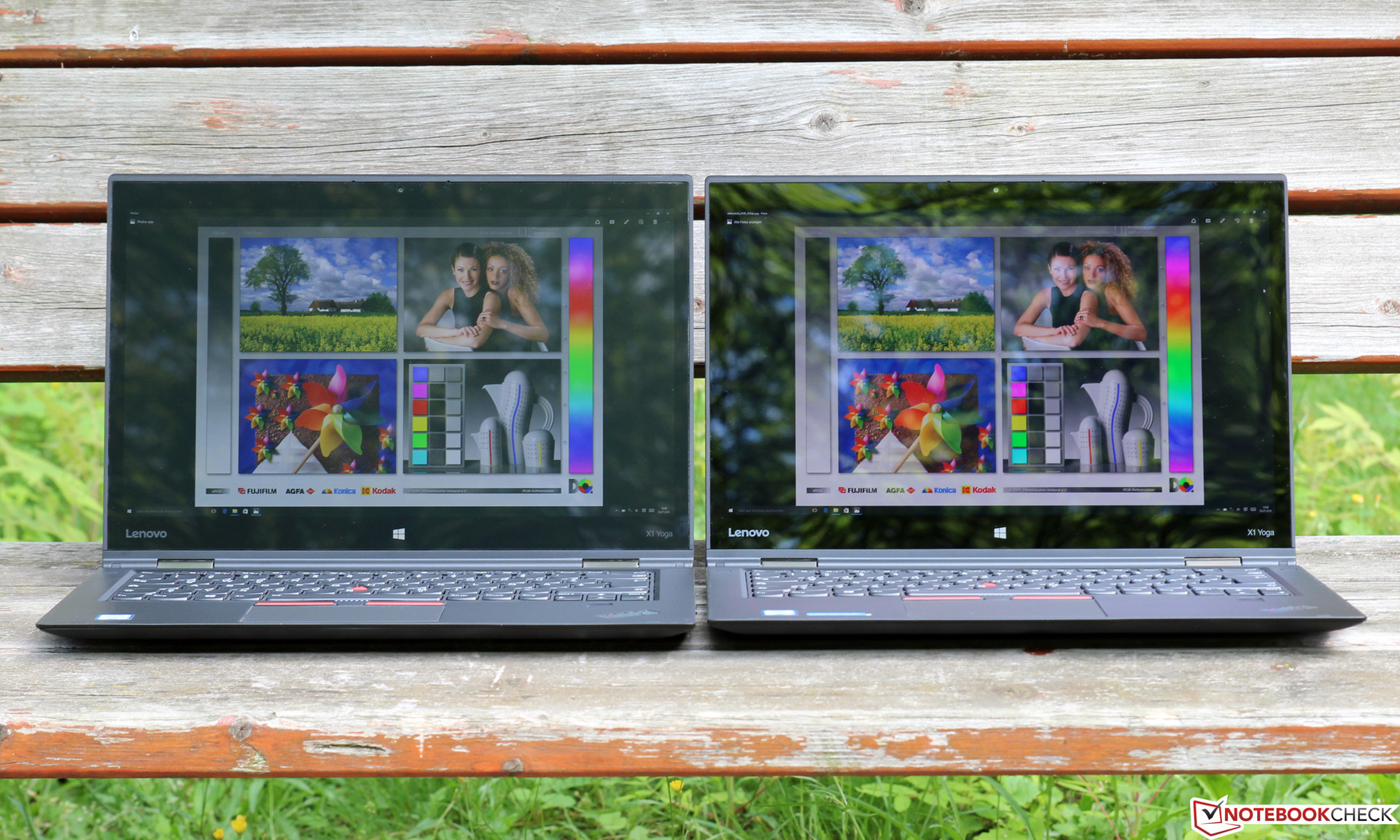
Display Comparison OLED vs. IPS on Notebooks Reviews
OLED stands for Organic Light Emitting Diode and OLED monitors use organic compounds that emit light when electricity passes through them. This technology allows each pixel to produce light, producing perfect black levels and high contrast ratios. OLED displays are used in high-end smartphones, televisions, and computer monitors.

IPS vs OLED Phone Display Technologies Comparision xiaomiui
Check prices on Amazon belowASUS OLED 240Hz: https://geni.us/Ovc3IASUS IPS 360Hz: https://geni.us/CyAqrLG 240Hz: https://geni.us/5w8Lvbest mainstream 1440p:.
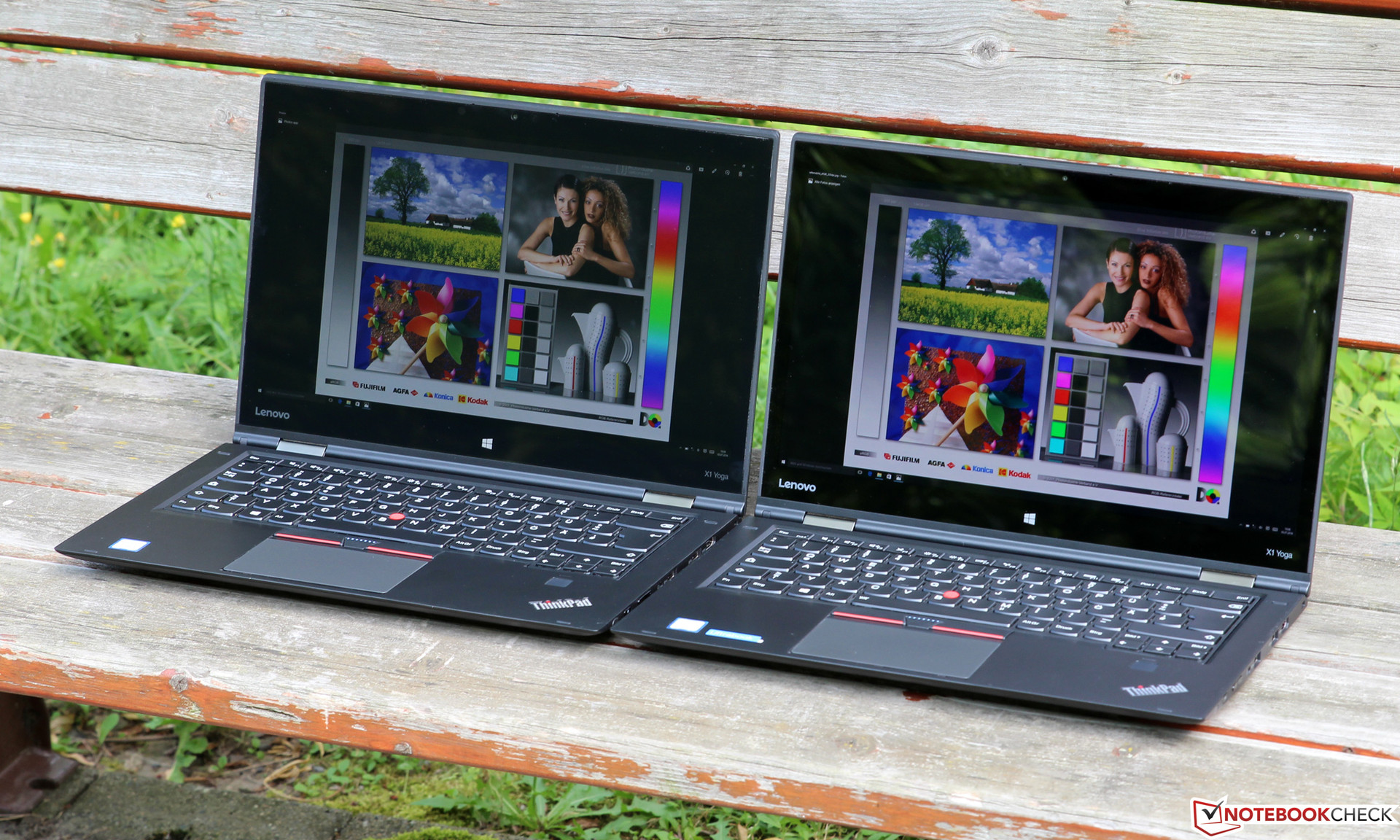
Display Comparison OLED vs. IPS on Notebooks Reviews
IPS vs TN: IPS has much better color accuracy and much better viewing angles, but higher response time IPS vs VA: IPS has slightly better color accuracy depending on the panel and similar viewing angles. Depending on the panel, IPS may also have a slightly lower response time. VA (Vertical Alignment) Phillips 32E8FJSB 32-inch VA Monitor

OLED vs IPS Screen YouTube
On OLED displays, each pixel emits its own light. This gives OLED major advantages versus IPS and other LCD technologies: Perfect blacks: With self-emitting pixels, OLED can produce truly black colors by turning pixels completely off. This creates an infinite contrast ratio and vivid image quality.
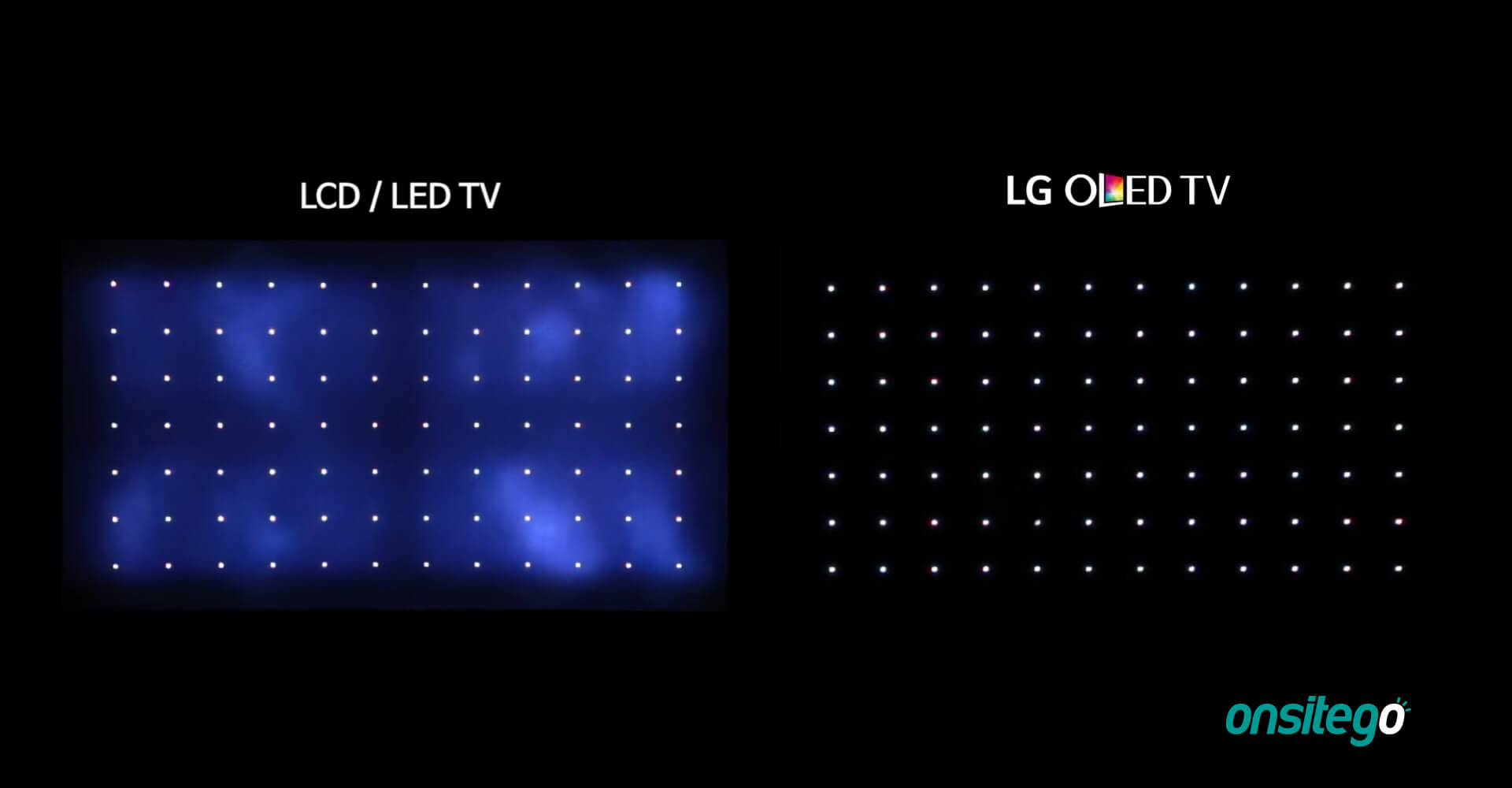
OLED vs. IPS LCD Displays Which TV Should You Buy?
OLED or IPS? Discussion I'm looking forward to buying a new laptop, but I'm stuck on the decision between the OLED and the IPS version. Of course, the OLED looks definitely better (and in this case has the better resolution: 3000x2000 on a 3:2 aspect ratio) than the IPS (with WUXGA resolution).
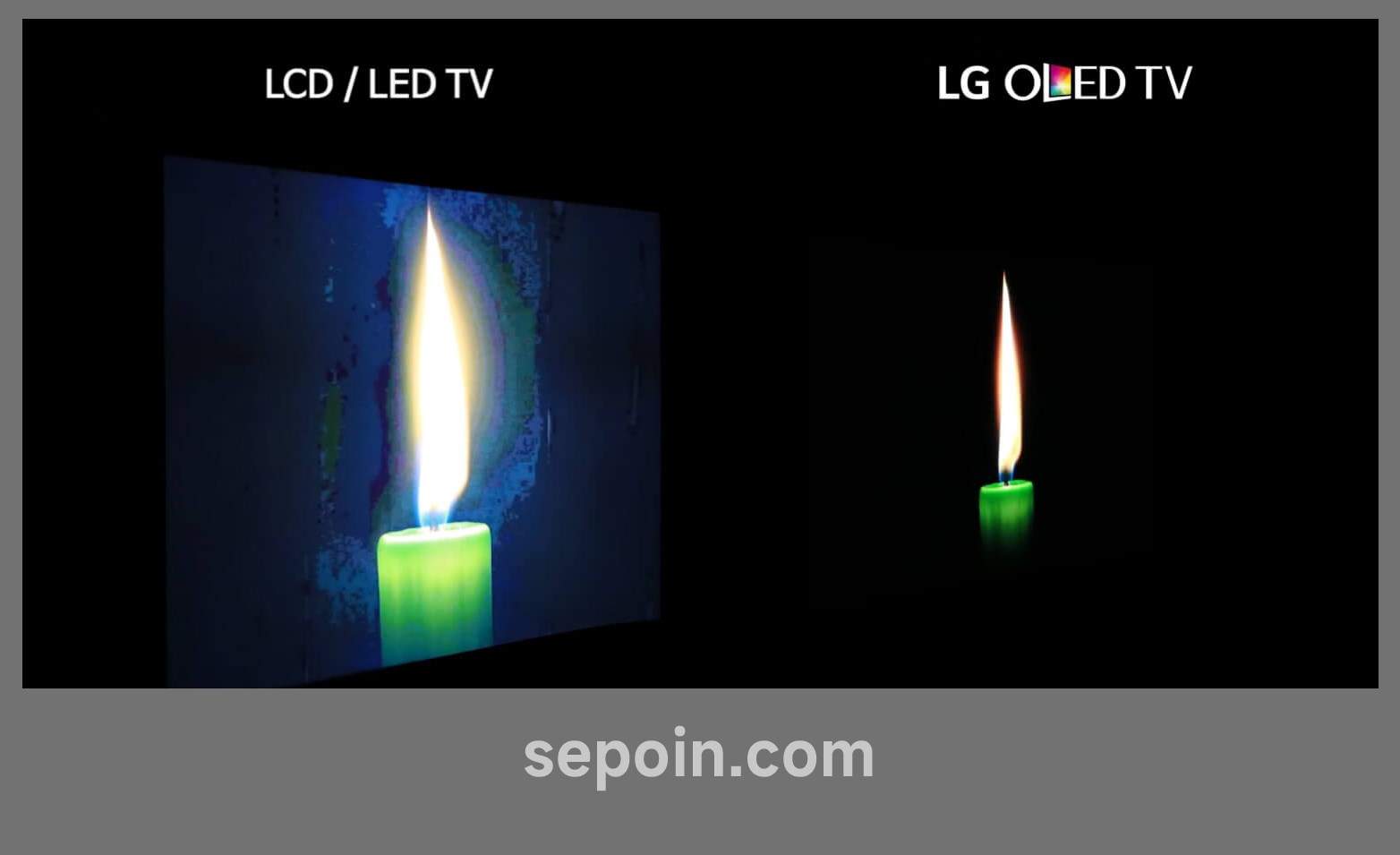
OLED vs IPS, Layar mana yang lebih Baik
OLED Contrast ratio and Brightness First of all, let's see how contrast ratio is calculated. The formula is right here (L1 + 0.05) / (L2 + 0.05), whereby: L1 is the relative luminance of the lighter of the colors, and L2 is the relative luminance of the darker of the colors.
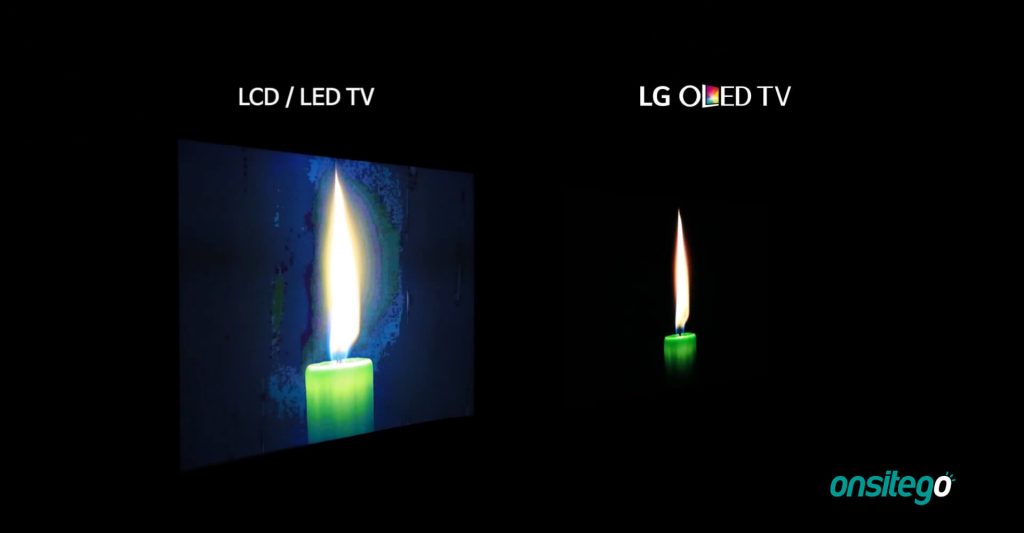
OLED vs. IPS LCD Displays Which TV Should You Buy?
IPS vs OLED: What's the difference? Some phones and TVs have IPS screens, others OLED - or AMOLED. We explain the differences between those with LCD and flagship models which tend to go with OLED, and whether you should be buying one type over the other. By Jim Martin Executive Editor, Tech Advisor SEP 20, 2019 12:45 am BST

Display Comparison OLED vs. IPS on Notebooks Reviews
There are primarily three types of panel technologies that dominate the market: In-Plane Switching (IPS), Twisted Nematic (TN), and Organic Light Emitting Diode (OLED). Each of these technologies has its unique characteristics and applications, influencing your viewing experience in different ways. Why are IPS Panels so popular

IPS vs AMOLED Display 2019 Tech Comparison YouTube
OLED monitors are known for their exceptional color accuracy and contrast, while LED monitors are praised for their energy efficiency and durability. On the other hand, IPS monitors stand out for their wide viewing angles and superior color consistency. The choice between these monitors often depends on the user's specific needs, whether it's.
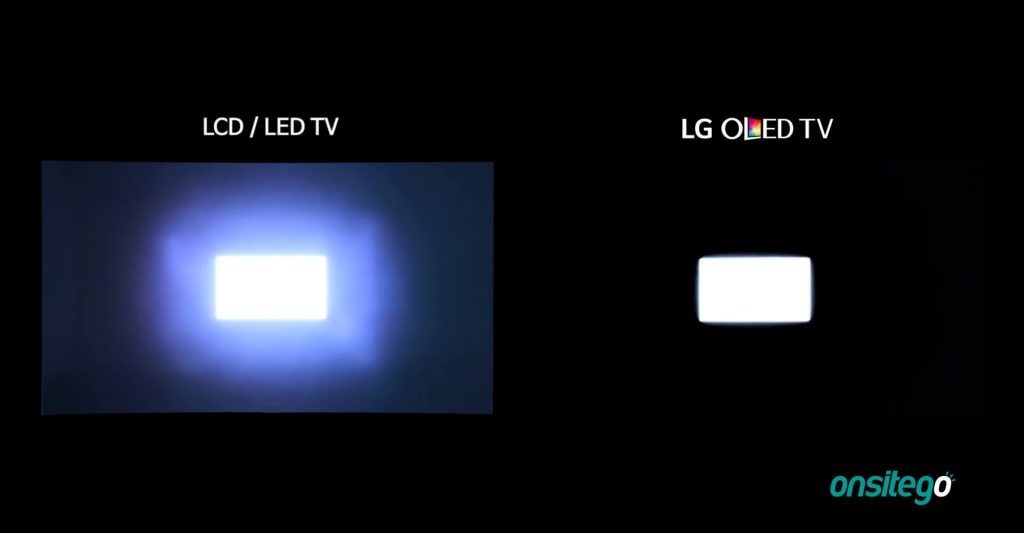
OLED vs. IPS LCD Displays Which TV Should You Buy?
IPS vs OLED: 7 Key Points and Must-Know Facts IPS screen technology is much older than OLED. The first IPS screen was released by Hitachi in 1996, while OLED screens did not become available until 2013. The pixels of an OLED display emit visible light and can achieve a much higher contrast ratio than an IPS screen, rendering dark colors and black.
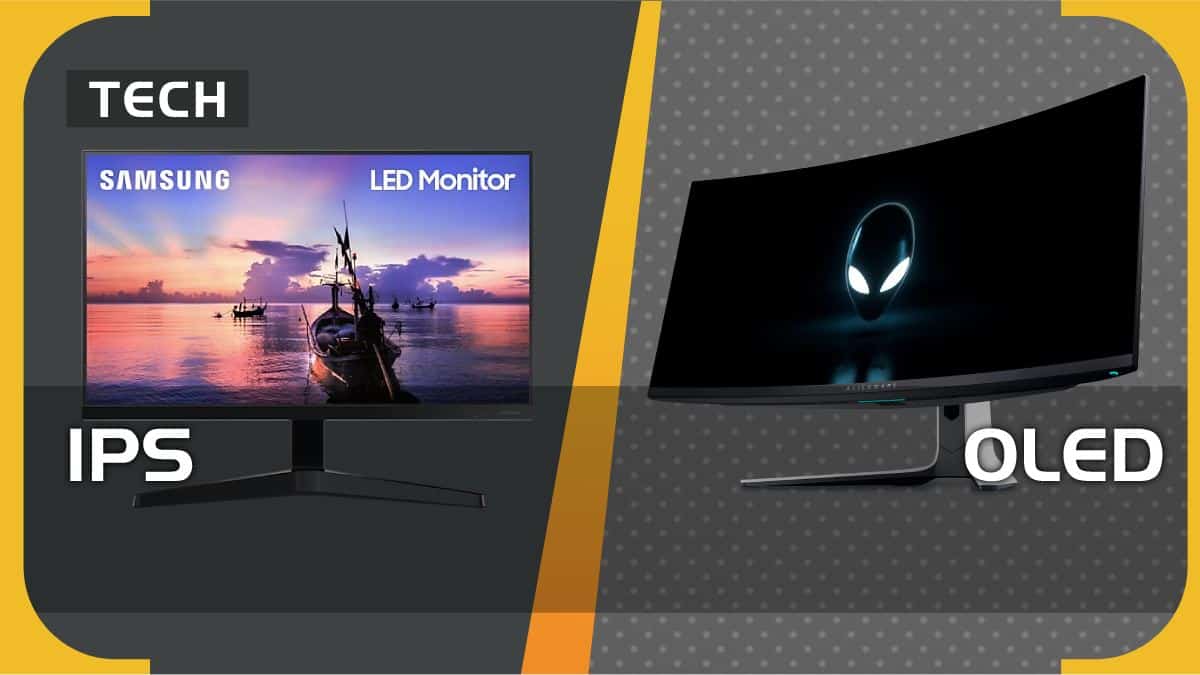
IPS vs OLED what's the difference?
IPS and OLED panels offer the best color reproduction, while VA panels excel in contrast ratio and black levels. Response time, input lag, and refresh rate are important factors for gaming.